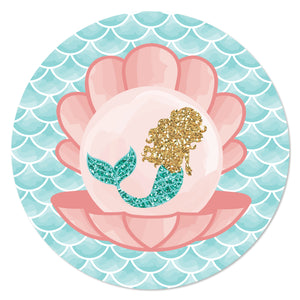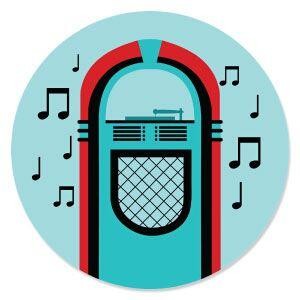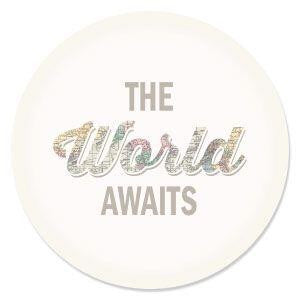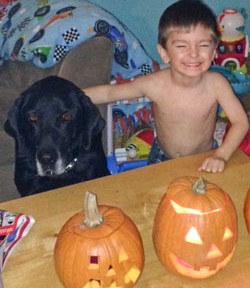 So here is the real question… When is your dog considered old? I am in denial here. I want to think my dog is still a young pup ready to run behind the combine all harvest long. Unfortunately, my plan is not the same as his. He would rather ride in the cab and not gobble up his 15th ear of corn as a treat. I have noticed that he has changed and it is a tough transition for both of us. I wanted to offer some quick facts on how to tell if your dog is aging and some basic steps on how to help you, your pooch, and your family, ease through this new road ahead of you.
So here is the real question… When is your dog considered old? I am in denial here. I want to think my dog is still a young pup ready to run behind the combine all harvest long. Unfortunately, my plan is not the same as his. He would rather ride in the cab and not gobble up his 15th ear of corn as a treat. I have noticed that he has changed and it is a tough transition for both of us. I wanted to offer some quick facts on how to tell if your dog is aging and some basic steps on how to help you, your pooch, and your family, ease through this new road ahead of you.
The top signs your dog is aging is just as we would suspect. First, and the most obvious, is turning gray. This usually occurs around his mouth, head and chest. Also, finding more lumps and bumps when giving him a brush is common. You may also notice trouble walking, or not being as playful as he once used to be. Hearing and eyesight tend to dwindle as well, causing him to possibly slip when jumping in the truck or not hearing you the first couple times you call for him. Possibly “zoning out” and not realizing what his next task is, maybe avoiding playing fetch all together because it is just too much work. As far as differences in the house or in his kennel, unfortunately he may have an accident occasionally or may not tolerate the kids roughhousing with him as he once did. He may also want to rest instead of being in the usual hustle and bustle of the kitchen.
What can you do to help your pooch through this transition? Purchasing a comfy bed and creating his own space will help ease the tension. Still include him in as many activities as you can – purchasing ramps, carpet runners and avoiding stairs all together are some of the easiest solutions to still keep him included in your home or vehicle. Weather also plays a key factor. As we approach the cooler months, especially during storms, please make sure your dog is inside away from the elements. Weather changes are tough on his body and will cause more aches and pains with the hot/cold changes.
As for making the family aware and helping them transition – This is the tough part. My children are devastated that he now needs his own space in the laundry room. “But why?” Is the question I hear almost daily from our 1-year-old and 3-year-old. We have briefly explained that he is simply getting old and may need to take a break more often now. It still means we can play with him, but when he heads the other direction you need to leave him be. Maybe ask the kids what they would like to do to make his life more comfortable, such as decorating his new space with pictures, including him in movie night for snuggles, possibly having him in the house more often, like we have chosen to do. Most of all, filling your home full of love and laughter like normal and keeping the change minimal for your pooch is key.





































































